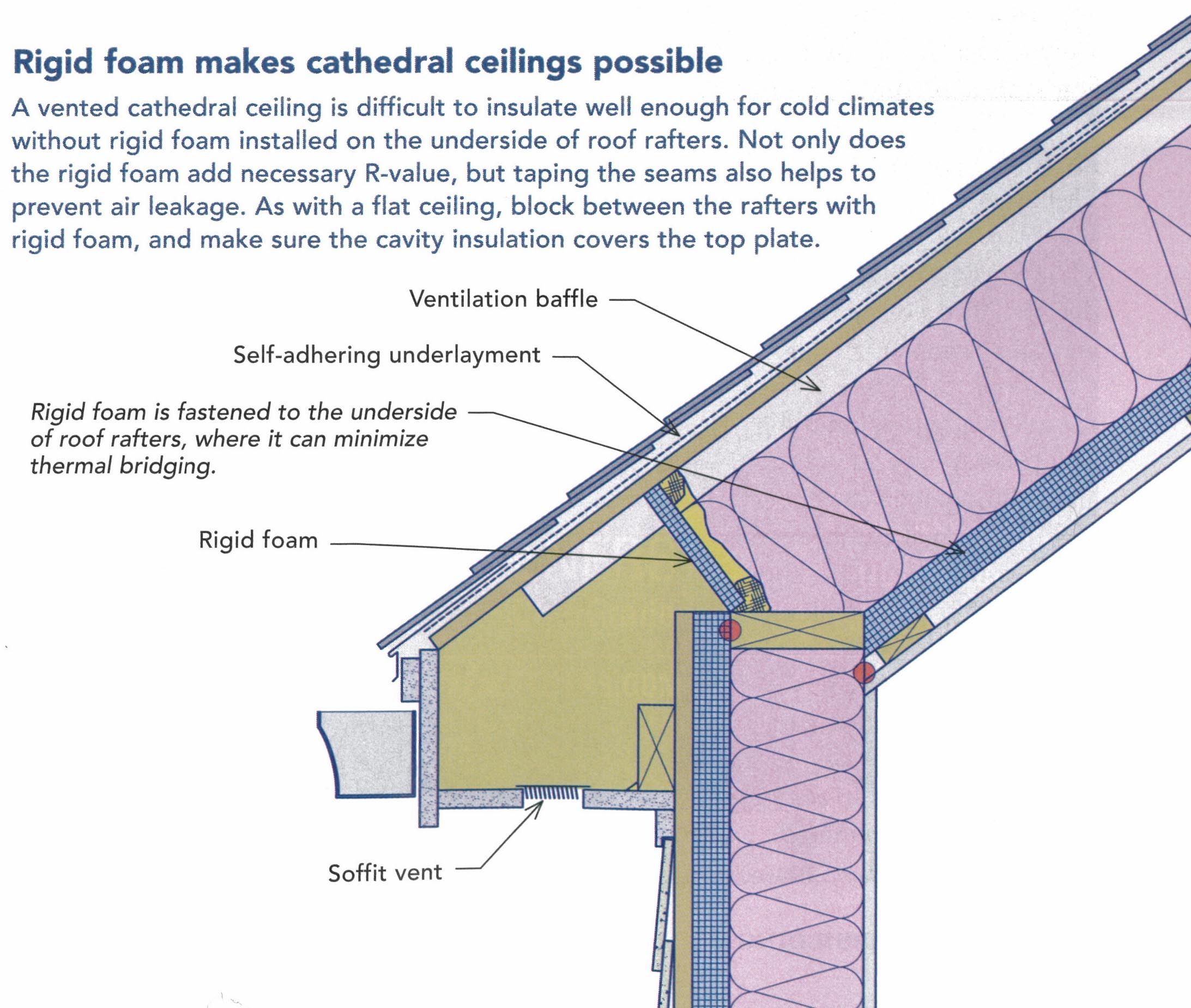Measure the space between the rafters where the insulation will be placed and cut the insulation boards marginally wider than the space to ensure a friction fit upon installation.
Roof insulation board between rafters.
R value for fiberglass or wool batts per inch is between r3 and r3 5.
Easiest insulation for layperson to install fairly inexpensive r value doesn t fluctuate as with loose fill.
Rolls are usually used for long expanses such as length of floor for entire attic while batts are fit between studs in attic rafters.
Being lightweight they do not impose significant additional loads on existing structures.
The general advice we give is that you should always insulate between and above the rafters or between and under the rafters on our u value calculator we don t give an option for putting insulation between the rafters.
In this blog post we will be looking at insulating pitched roofs and why putting insulation just between the rafters isn t a viable solution.
There is nothing wrong with that method in princaple is just very tricky hard work and itchy.
We would always recommend having a breathable membrane in place between the tiles and the rafters too to allow the roof to breathe.
Fit the cut quinn therm qr insulation boards tightly between the rafters with the quinn therm branded side facing into the building.
When you use solid insulation board to create a warm loft the key thing to remember is ventilation you must keep a 50mm gap between the roof and the rigid insulation board.
In finished space insulation is placed between the rafter boards and drywall or other material is fastened to the face.
100mm based on 150mm rafters leaving 50mm air flow.
Depending on the specifics of the roof it may be possible to fully fill the rafter depth or in most cases leave a 25mm or 50mm air gap between the top face of the insulation and the.
Where the insulation does not fill the total rafter depth the low emissivity foil facings can gain additional thermal benefit from the air spaces they face.
Once up at roof level the between rafter boards can be cut accurately to fit the rafter spacings.
Rigid polyisocyanurate pir foam insulation boards from celotex are among the most thermally efficient commonly available insulation materials on the market.















































